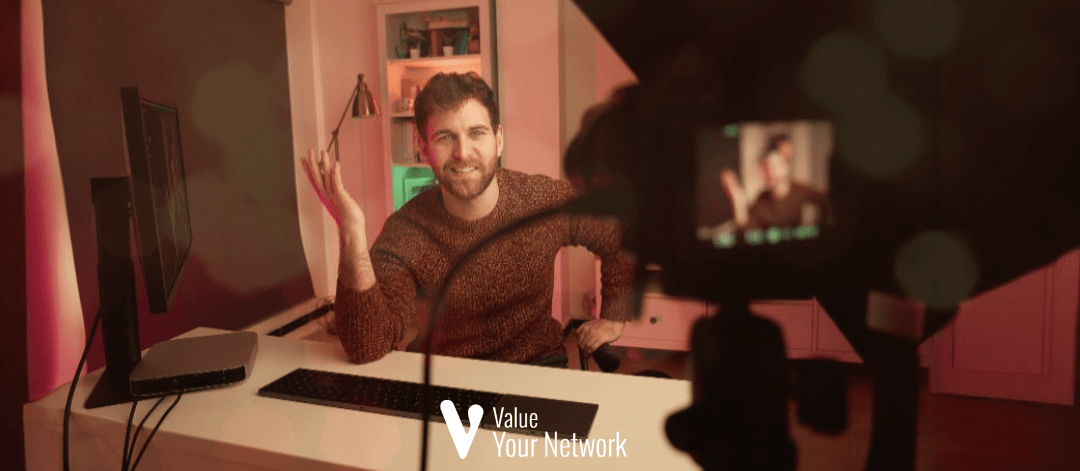YouTube turns 20! Discover how this platform has become indispensable, surpassing even traditional television with its 2.5 billion users and unique creator-generated content model.
20 years ago, a simple dinner with friends gave birth to one of the most significant technological revolutions of the 21st century. YouTubea video-hosting platform created by three former PayPal employees, was set to revolutionize the global entertainment landscape. Today, it even threatens the giants of traditional television, establishing itself as an essential reference in the world of entertainment. streaming. How did this platform conquer billions of users? A look back at its meteoric rise.
An idea born of a simple need: the origins of YouTube
The story goes that YouTube was born in 2005, when Steve Chen, Chad Hurley and Jawed Karim wanted to easily share videos online. The idea took shape on February 14, 2005site launch date youtube.com. A few weeks later, on April 23, 2005, the very first video entitled Me at the Zoo is put online by Jawed Karim. This 19-second clip, in which he stands in front of elephants at the San Diego Zoo, became a symbol of the era of user-generated content.
Right from the start, YouTube offers a simple, accessible interface enabling anyone to upload and view videos for free. The platform quickly attracted millions of users, becoming a viral phenomenon.
The meteoric rise and takeover by Google: a strategic turning point
In October 2006, barely a year after its launch, Google buys YouTube for $1.65 billion. This acquisition marked a major turning point: YouTube now benefited from advanced search algorithms and advertising solutions of Google, boosting its audience and monetizing its content.
Since then, the platform has been constantly evolving:
-
In 2007, she launched the monetization programallowing content creators to earn money from advertising.
-
In 2010, the arrival of HD videos strengthens its appeal in the face of traditional television.
-
In 2015, YouTube offers its Premium subscriptionoffering an ad-free experience and exclusive content.
Today, with over 2.5 billion monthly active users and 100 million premium subscribers, YouTube has become the undisputed leader in video streaming.
Massive impact on culture and media
Over the years, YouTube has profoundly changed the way we consume content:
-
The rise of content creators Millions of YouTubers have emerged, some becoming true celebrities like MrBeastSqueezie or PewDiePie.
-
The democratization of knowledge : With platforms like TEDx, CrashCourse and e-penser, YouTube has become an essential learning tool.
-
The rise of online entertainment From gaming to vlogs to podcasts, YouTube's diversity of formats has made it a key player in digital entertainment.
In parallel, traditional television channels have had to adapt by also offering content on YouTube to capture a younger, connected audience.
A threat to traditional television?
YouTube is now establishing itself as a direct competitor to cable channels and streaming services such as Netflix or Disney+. With more than a billion hours of video watched every dayYouTube is becoming a credible alternative to television.
Unlike traditional media, YouTube is not dependent on production studios these are the users themselves who create the content. This approach has enabled the platform to offer a infinite number of videoscovering all possible points of interest.
According to the experts, YouTube could surpass cable TV channels in the number of paying subscribers by 2027. Its model based on advertising and premium subscriptions continues to attract millions of viewers every day.
YouTube's challenges and controversies
Despite its dazzling success, YouTube has not escaped controversy :
-
Copyright : In the early days, the platform was overrun with pirated content. Google had to conclude agreements with the studios to limit these infringements.
-
Content moderation Fake news, violent or inappropriate content: the platform is regularly criticized for its lack of control over the videos it publishes.
-
Competition from TikTok and Instagram : Faced with the rise of short videos, YouTube had to adapt by launching YouTube Shortsan alternative to TikTok's ultra-fast content.
The future of YouTube: how will it evolve over the next few years?
YouTube's future looks promising, with several areas of development:
-
The rise of YouTube Shorts to compete with TikTok for short videos.
-
Improving the recommendation algorithm to offer more personalized content.
-
More premium servicesincluding exclusive offers.
-
Augmented reality and 3D integration for a more immersive experience.
With these innovations, YouTube could well become the reference medium of the coming decades.
What you need to remember
In 20 years, YouTube has grown from a simple sharing platform to a global streaming giant. Its ability to innovate and adapt to trends makes it a key player in the audiovisual landscape.
Today, YouTube represents :
✅ 2.5 billion monthly active users
✅ Over 100 million premium subscribers
✅ 1 billion hours of video viewed every day
With its hybrid model combining television, social networking and streaming services, YouTube is unquestionably the media of the future. How many hours do you spend on YouTube each week?
ValueYourNetworkan influence marketing expert since 2016, supports brands in their digital strategies and campaigns on YouTube and social networks. Contact us to find out more!

